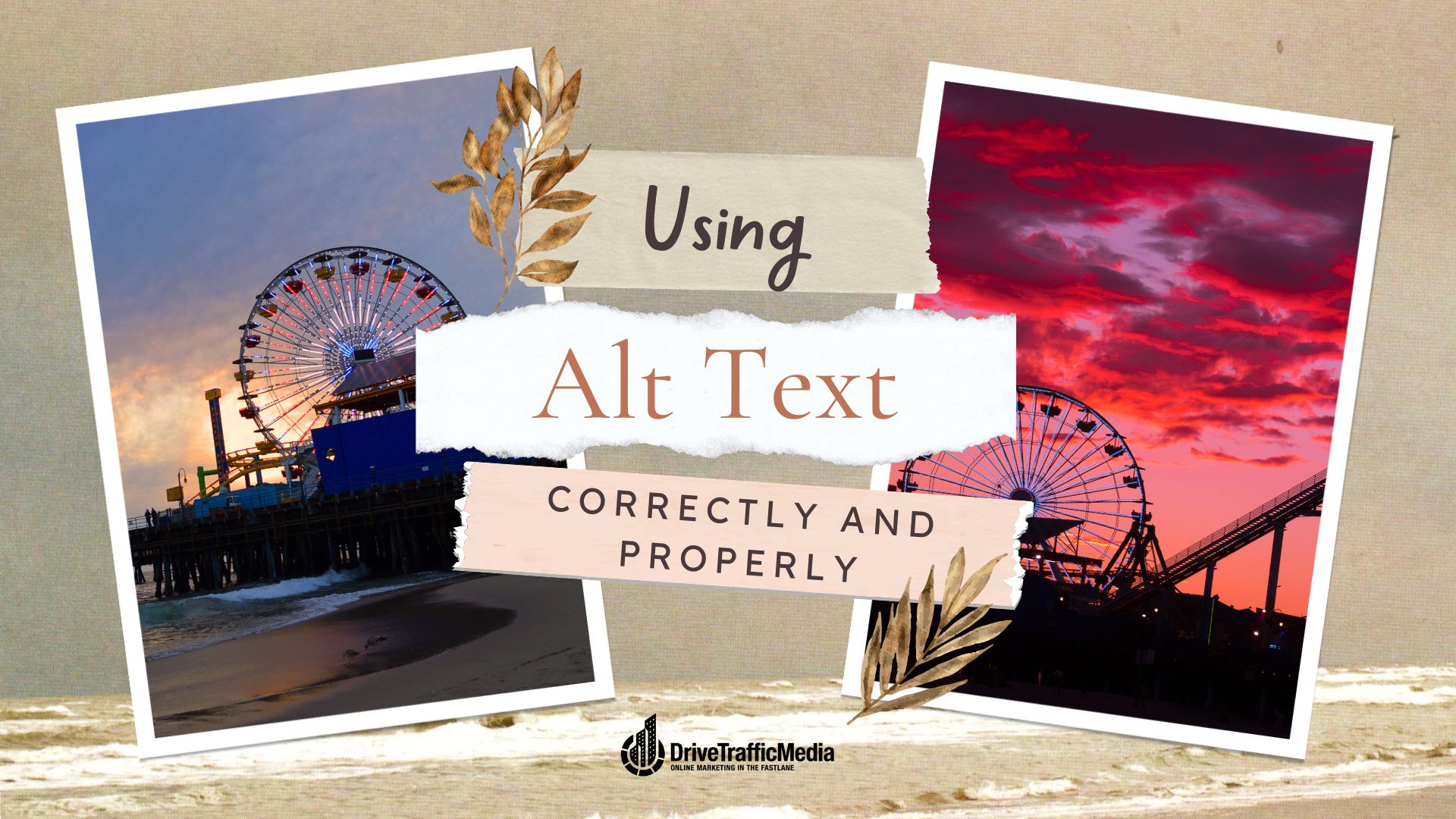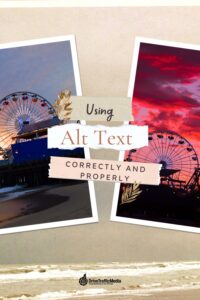People tend to misunderstand the role of alt text in SEO. Websites add in plenty of their relevant keywords to their alt texts in the hope of boosting their site rankings. Alt texts, after all, are invisible to the user’s eye, so it’s pretty much prime real estate for keywords, right? Google will see these images and think the website provides useful information with plenty of helpful images, right?
As an SEO company that offers services in Los Angeles, it’s important we clarify any false information about alt texts and explain how Google sees them on your website and interprets them on search engine rankings.
Alt Text is Primarily for Image Search
While alt text is a huge factor in Google’s image search, it plays virtually no role in web search rankings.
In a statement by Webmaster Trends Analyst at Google, John Mueller, he states that:
“It’s not the case that we would say a textual webpage has more value because it has images. It’s really just we see the alt text and we apply that to the image, and if someone searches for the image, we can use that to better understand the image. It’s not that the webpage in the text web search would rank better because it has an image.”
So, if you’ve been amping up your alt text game in the hopes of boosting your rankings, then you’re out of luck. The only thing alt text does in SEO is describe your image to Google’s bots, and unless you want all your images out there on Google Images for the world to see, you’re better off focusing on your written content to rank higher up the search engines.
In a related statement about having text on images, Mueller states, “I think, ideally, if you have text and images, it probably makes sense to have the text directly on the page itself… I wouldn’t necessarily try to use text in images and then use the alt text as a way to help with that.”
This makes it pretty clear that written content trumps image content and alt text by far.
But if alt text doesn’t affect your website ranking, then what exactly is useful about it from a customer’s point of view?
Alt Text Provides Accessibility
From a customer’s standpoint, alt texts give people who can’t view images the chance to know what the image looks like and what it is about. Ideally, alt text is a description of an image that’s useful for the visually impaired, who often rely on screen readers to tell them about the site they’re looking at.
So, if, for example, you decide to shove in a bunch of random keywords and variations in your alt texts, then it’s not going to be very helpful nor accessible to your visually-impaired audience members. They’ll have no way of imagining what the image is, and that’ll severely downgrade their reading experience.
And eventually, that’s going to lose you readers and customers.
Here is what Mueller had to say about the matter:
“I wouldn’t just blindly copy and paste the same text that you already have on a page as an alt text for an image because that doesn’t really help search engines and it doesn’t really help people who rely on screen readers.”
Instead, have alt texts that describe the image in great detail. It’s not going to affect your web SEO anyway, and it will go a long way to being inclusive of people with all sorts of vision.
Conclusion
To conclude, alt texts are just Google’s way of determining what an image is since it has no way of processing an image itself. While it does impact your image search rankings, it remains trivial in the grand scheme of SEO.
At the same time, you shouldn’t dismiss alt texts entirely. Its biggest benefit is letting your website be accessible to people who can’t see images, and you always want to make sure everyone in the audience is having a swell time on your site. At the end of the day, your site’s reputation and user experience will boost it better than any keyword-optimized alt text can.

